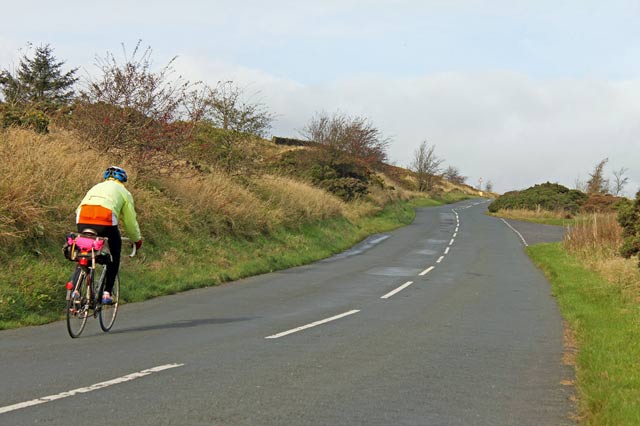One thing about cycling is that you will always have time off the bike due to injury, illness e.t.c. In my case, these enforced breaks have been anything from one week to several years. Returning to cycling after a lay off can be a great feeling, but you have to be careful to manage it in the best way.

Firstly, it can be very frustrating to be sitting on the sidelines, nursing some injury – These periods off the bike always seem to correlate to the best beautiful weather. Outside it’s sunny and dry – perfect for clocking up the miles, but you’re still hobbling up the stairs trying to detect any slight improvement in your strained muscle.
How much fitness do you lose when you’re off your bike?
- After one week, you will begin to lose top end speed quite quickly. As soon as training stops, you find anaerobic threshold and VO2 max drop off fairly rapidly. Though after a few weeks, the rate of decline tails off.
- After two to three weeks, your endurance capacity will also start to fade away too. In one study, Madsen et al, cyclists who stopped training for four weeks found their ability to cycle at 75% of VO2 max dropped from about 80min to just over 60min—a 20% decrease. This is a good approximation of basic endurance fitness. Still 20% reduction from four weeks of rest is not the end of the world.
Taking a month or two off the bike is never quite as devastating as it feels at the time. The body is adaptable – what you lose you can regain – there just needs to be a degree of patience.
Difficulties in coming back after Injury
- There is always a danger you could do too much, too early and aggravate rather than help the injury to get better. There are no hard and fast rules about how much you should do because it depends on type of injury and recovery. In some cases, light exercise can help get blood to the affected area and speed up healing. For want of any better advice, if you feel pain, it is a sign you might be pushing too early. If you can ride without pain, then it is a guide signal to begin lightly.
- During injury, some muscles will have wasted causing imbalances in the body. This can cause knock on injuries, due to over stretching other parts of the body. One thing I’ve noticed about recent injuries where I mainly landed on left hand side, is that I’ve gained muscle strains on my right hand side in my back because I’m overcompensating on the other side.
- Also, because I haven’t been using my left leg much, I can feel the muscles are really declining in power. When I wake up I feel my left leg involuntary stretching because the previously strong muscles are becoming much weaker due to non-use. Unfortunately, this has aggravated the imbalance between my left and right leg.
Tips in Coming back to Cycling from Injury
- After long break, start with short distances and a very steady pace. Build up distance and intensity gradually. The last thing you want is to over-stretch yourself. The good thing about cycling is that it is ideal for taking it gradually. You can cycle a few kms whilst maintaining a very low effort. It becomes nice if each day, you can add a few kms, taking it step by step.
- Be careful of setting goals too early. We are tempted to start thinking. ‘Right this injury is going to be over in 2 weeks.” But, you can’t put your own time scale on it. If you have a deadline, you are likely to suffer from failed expectations.
- If you have a target for a 100 mile sportive 3 weeks after injury, it can become very tempting to push too hard. To achieve a big target requires great determination, but recovery from injury requires listening to the body and patience rather than stretching yourself. Once you have a fixed goal, it’s hard to be patient with yourself.
- Manage expectations. To use the oft-quoted line from A Fish called Wanda ‘It’s not the despair I can’t stand, it’s the hope’ Be wary of giving yourself unrealistic expectations of recovery. To use a footballer manager cliché just take each day as it comes and do what you can with that.

